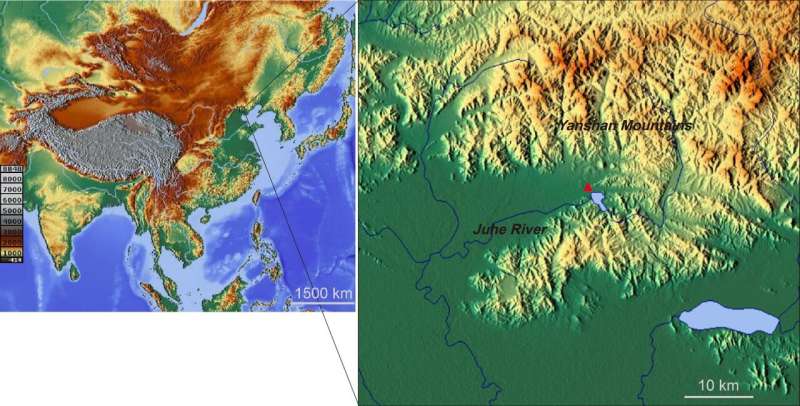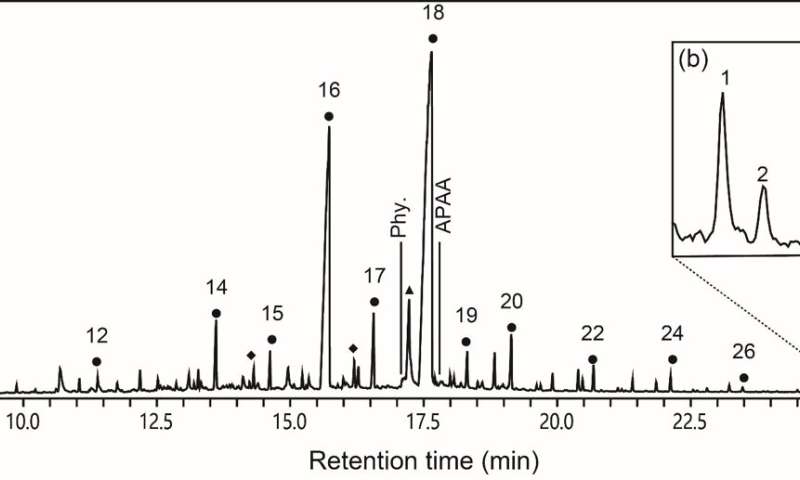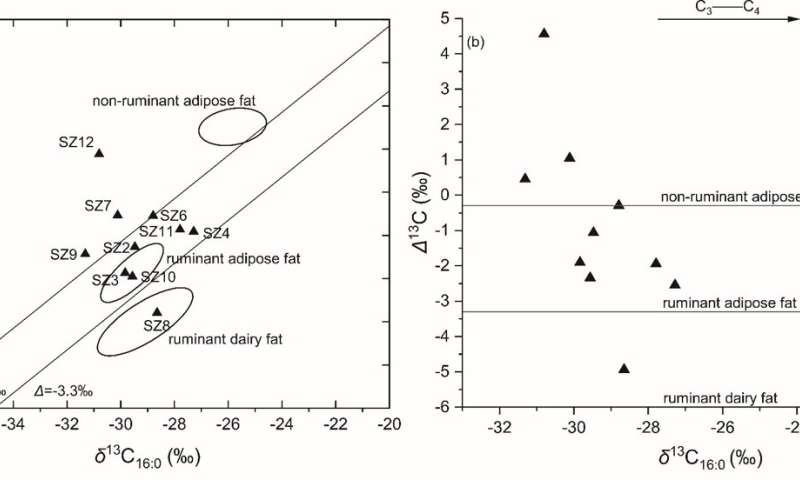Ancient Shangzhai people consumed broomcorn millet, meat and dairy of ruminants during the Middle to Late Neolithic

As the crossroads of prehistoric cultures, the Beijing region is an important area for studying the exchange of prehistoric culture and the spread of millet agriculture, while there is a gap of approximately 2,000 years between millet remains founded in the Neolithic sites (the early Donghulin site and the late Shangzhai site).
The Shangzhai site is located in the Pinggu Basin in eastern Beijing, and it has a large time span with sequential strata; however, there are few macro animals and plant remains found at this site, thus the subsistence strategy of ancient people remains unclear.
For this reason, the absorbed lipids of pottery sherds unearthed in the Neolithic cultural layer of the Shangzhai site were extracted and analyzed by gas chromatography-mass spectrometry (GC-MS) and gas chromatography-combustion-isotope ratio mass spectrometry (GC-C-IRMS).
-

(a) Major lipids of SZ10, with saturated fatty acid (●), saturated fatty acid with a branched chain (◆), monounsaturated enoic acid (▲), phytanic acid (Phy.), C18 APAA (APAA), C36 alkane (IS). (b) Pentacyclic triterpene type compounds: 1, β-amyrin ME; 2, Miliacin; 3, α-amyrin ME. Credit: Science China Press -

(a) δ13C16:0-δ13C18:0, the confidence ellipses represent non-ruminant (porcine) adipose fat, ruminants (sheep/goats, cattle) adipose fat and dairy fat from top to bottom, respectively, based on modern animals fed on C3 plants; (b) Δ13C=δ13C18:0−δ13C16:0, the two lines correspond to Δ=−0.3‰ and Δ=−3.3‰, respectively. Credit: Science China Press
The results show that these potteries were used to process millet, the meat of terrestrial non-ruminants and wild ruminants, and dairy of wild ruminants, providing new insights for the subsistence strategy and the development of millet agriculture in the Middle and Late Neolithic Age of Beijing. In addition, the food processing in pottery may be an internal heating method, such as stone boiling.
It remains to be verified whether there is a continuation of dry-land agriculture between the Donghulin site and Shangzhai site, and the cultivation of millet in Shangzhai may have been influenced by the Zhaobaogou culture in the North.
The findings are published in the journal Science China Earth Sciences.
More information: Nanning Lyu et al, Pottery lipid analysis at the Shangzhai site, Beijing, and its implication for subsistence strategy, Science China Earth Sciences (2023).
Journal information: Science China Earth Sciences
Provided by Science China Press




















